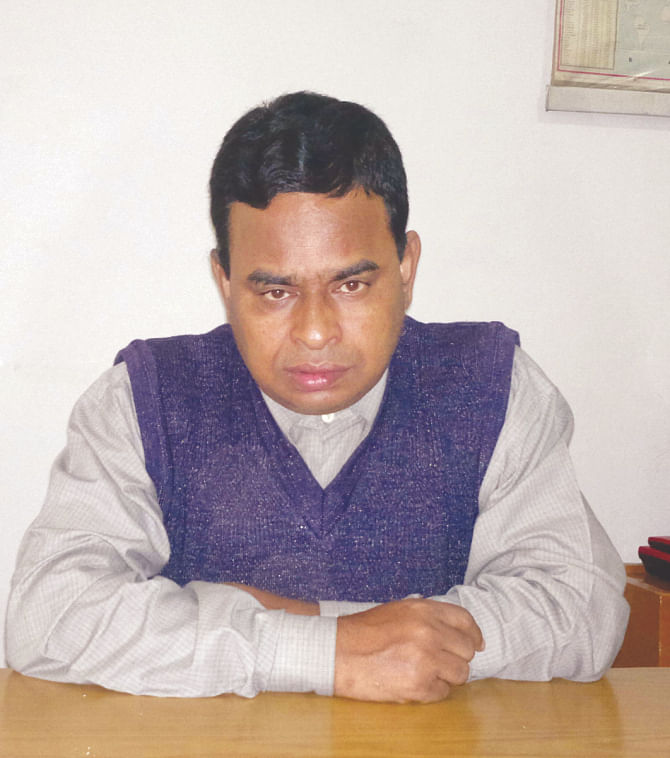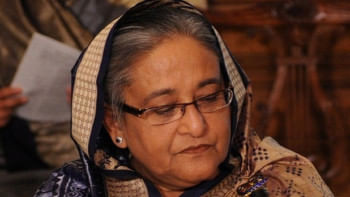Material quality first

Engineer M.A. Wahed, Senior Research Engineer, Structural Engineering & Construction Division, Housing & Building Research Institution (HBRI) talked about quality of construction materials, especially cement, steel rod, bricks etc.
:Actually, cement quality depends on after production. There was no cement factory in our country about 33 years back. At that time cement was imported from abroad. A lot of time (nearly 3 months) used to be wasted in getting it in the country. As a result, cement used to lose its quality. Again cement loses its quality when it comes in contact with water. But now-a-days very good quality cement is available in our country. Of course, cement is considered important ingredient of concrete. The raw material used in cement is limestone. In addition, all cement factories in our country import clinker from abroad. As this is very costly, companies mix some fly ash with cement just for the business purpose.
The full power of cement is not essential for all activities. Notably, the strength of cement which is needed to build a 24 storied building is not needed for a 2 storied building.
TDS: Is there any steel rod that can protect buildings from earthquake?
Engr. M.A. Wahed: Whenever a steel rod contains ductility, it shows steel strength. This rod is made with such raw materials that can easily be bent/ curved. And this rod is very conducive to protecting buildings from earthquake. It generally becomes as flexible as wire because when a high rise building is hit by earthquake, the building just shakes because of this flexibility. Apart from these, it will take time to fall. But if the rod has no ductility it becomes brittle and results in a great disaster. Many engineers think earthquake resilience buildings are very costly to build. Approximately, it costs five taka per square feet. Moreover, if a building is earthquake resilient, it may fail during earthquake but it takes about one and a half hour. That way, people can save their lives. Yet the belief of saving buildings in the event of earthquake is quite impossible in our country.
TDS: How can people indentify no 1 bricks?
Engr. M.A. Wahed: Four issues are considered in indentifying number 1 bricks. First is brick shape (lengths- 9.5 inch, widths- 4.5 inch, height- 2.75 inch).Then size should be plain not rough. Third is strength: above 2500 PSI (pound per square) is considered no 1 brick. Fourth factor is raw material with which it is made. Sand should not be mixed in the raw materials. If sand is mixed, it will not be strong after being burnt. Its strength depends on its burning. Another way of identifying number -1 brick is the water absorption capacity. In case of no 1 brick, If it is kept in water for 24 hours, its weight will increase to 1:6 or1:4.

 For all latest news, follow The Daily Star's Google News channel.
For all latest news, follow The Daily Star's Google News channel. 



Comments